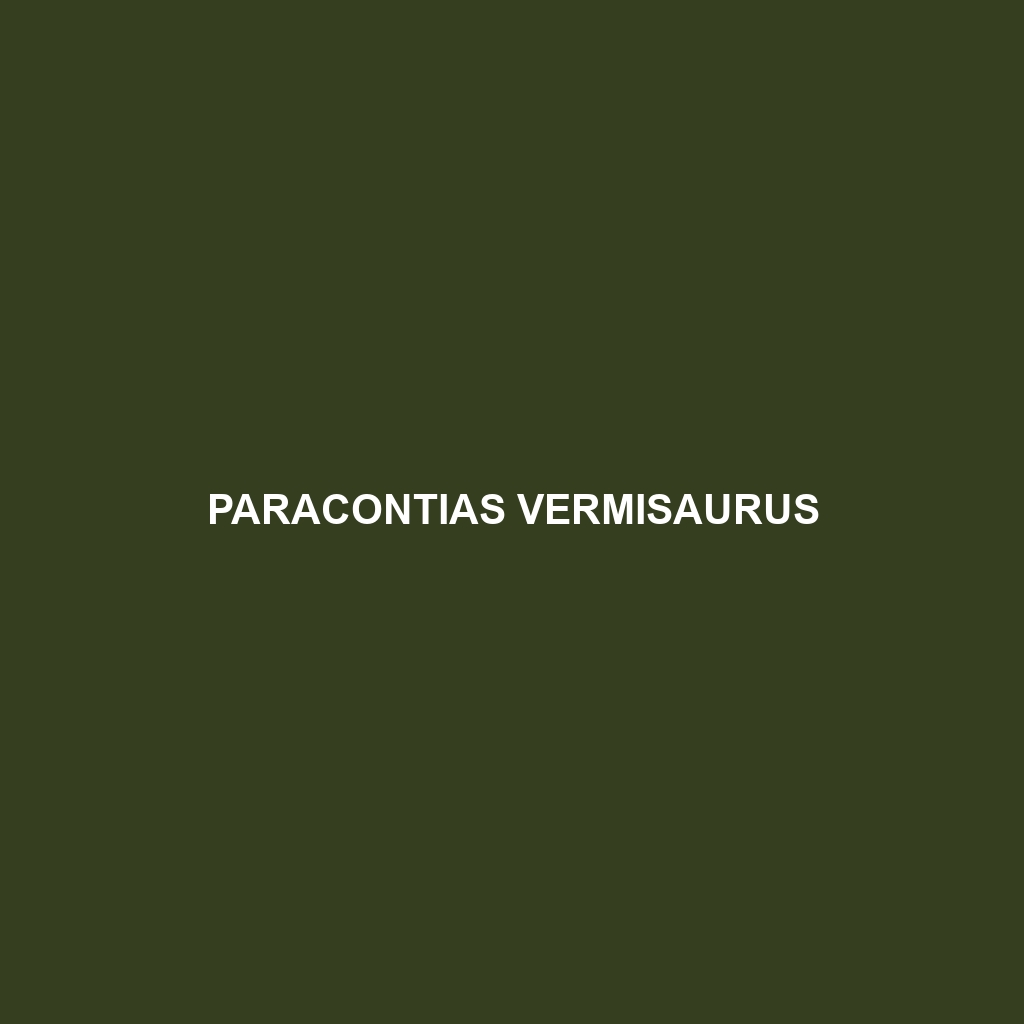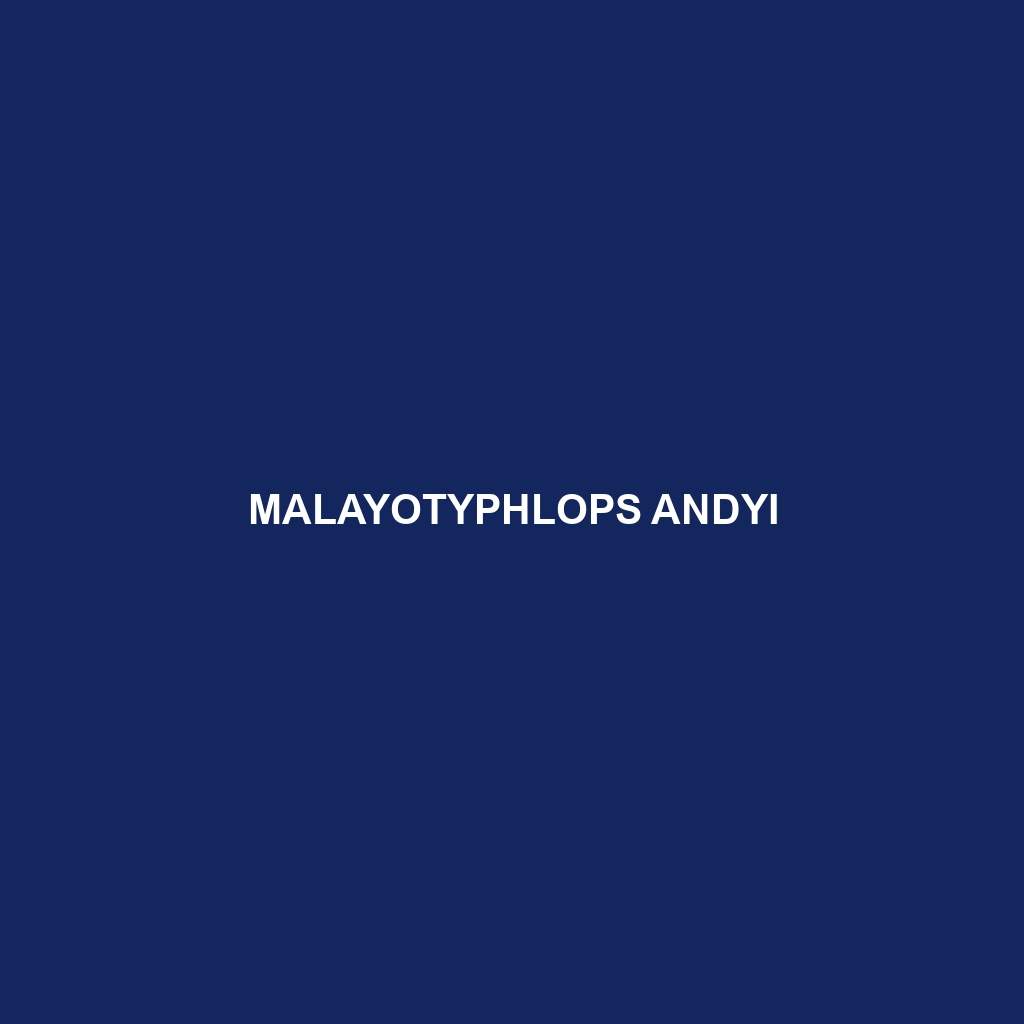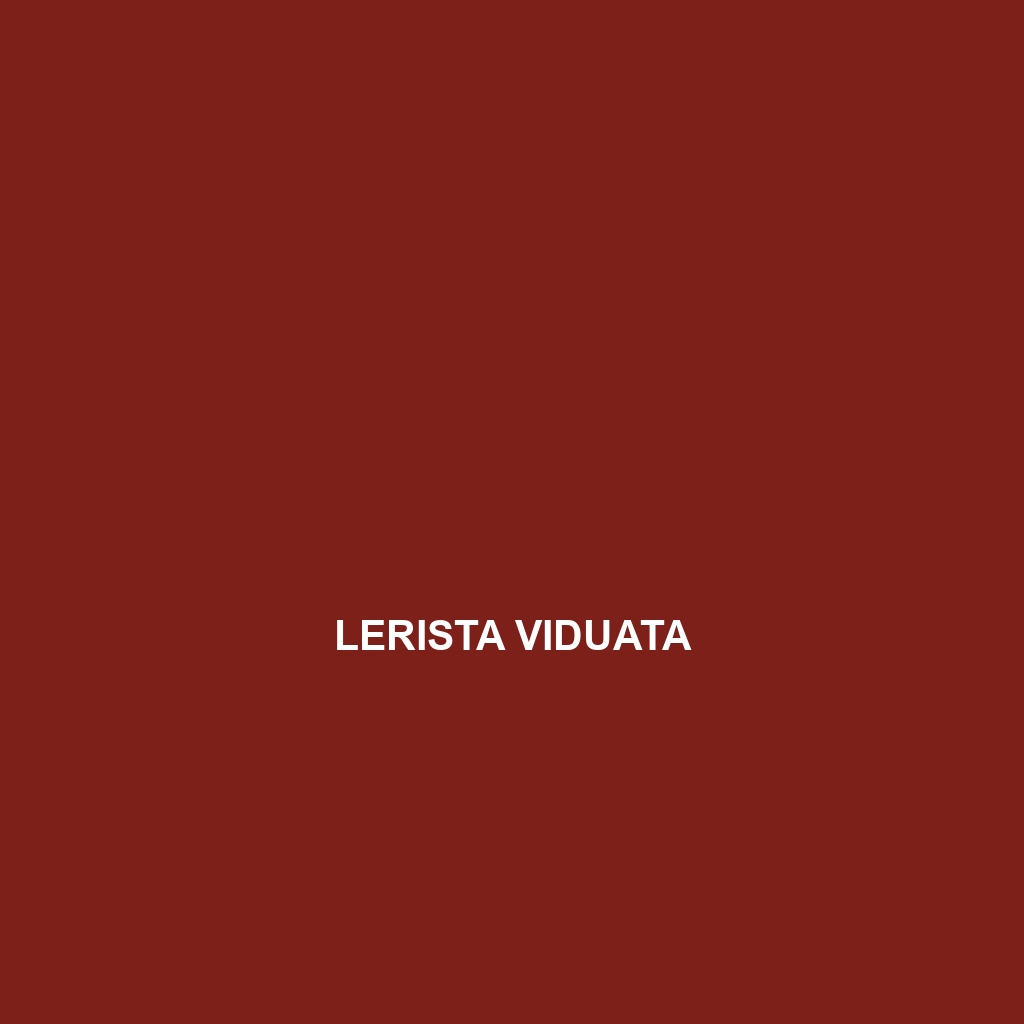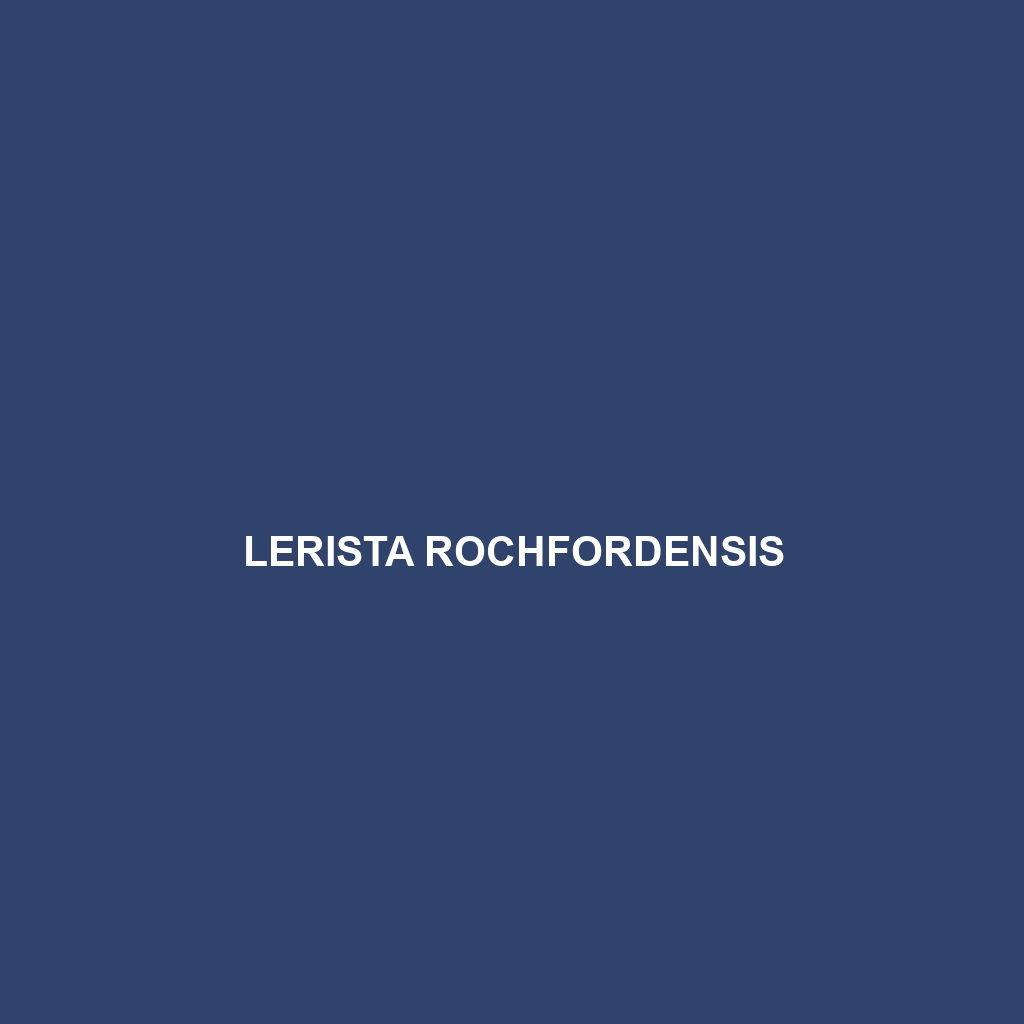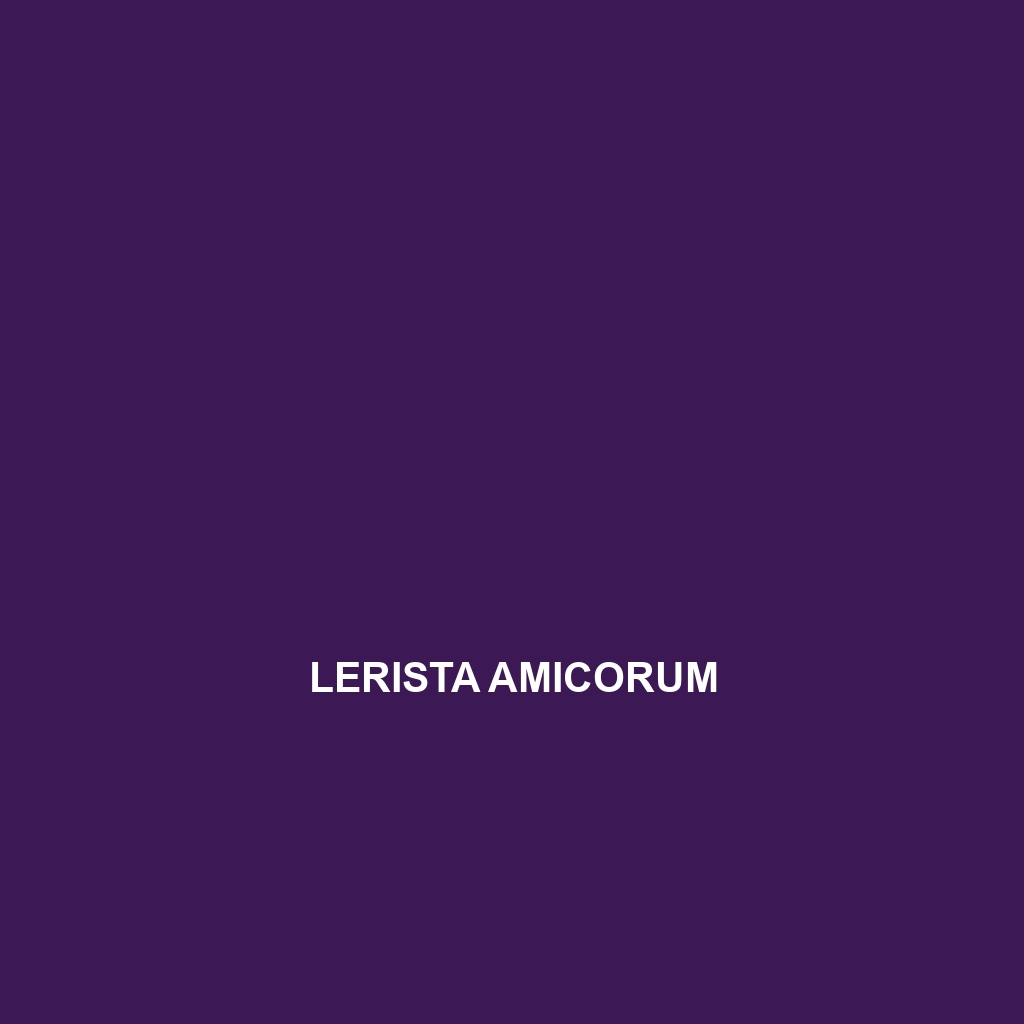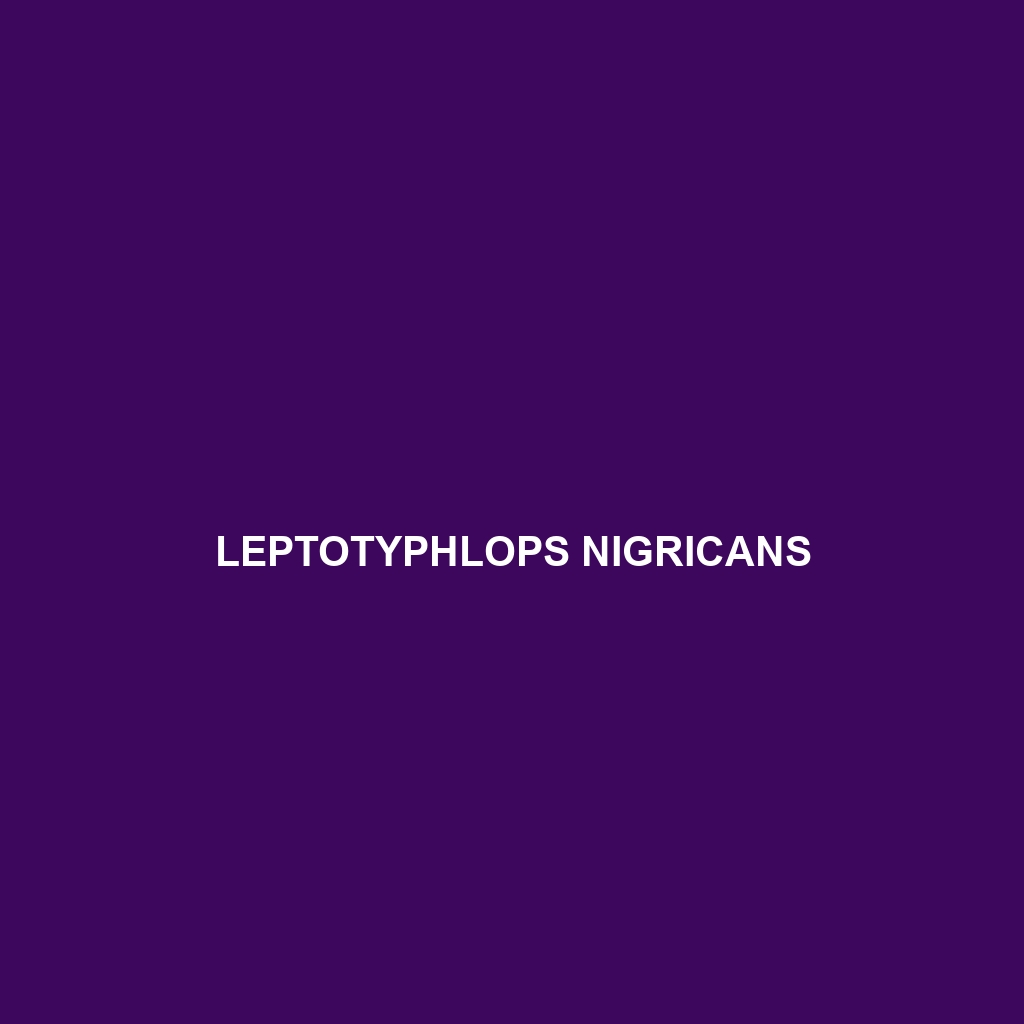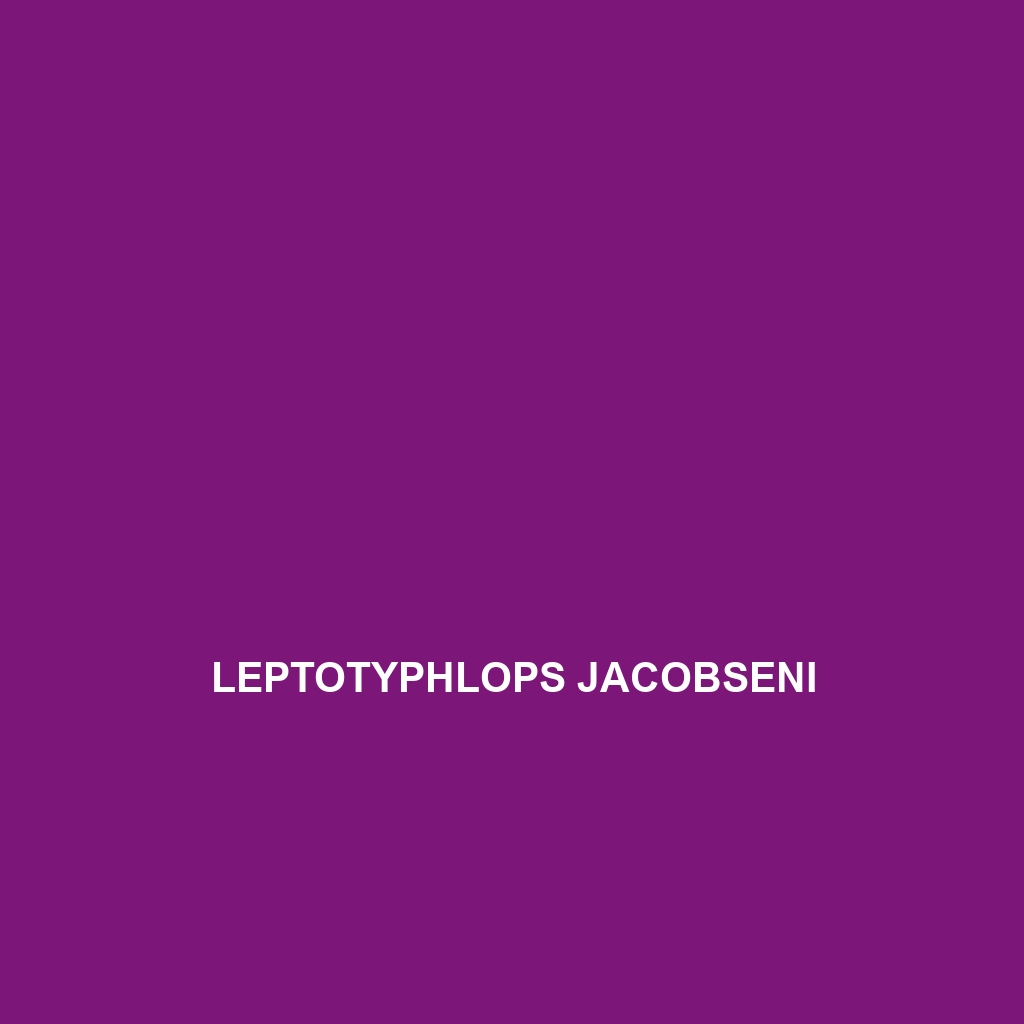Discover the intriguing Rena boettgeri, or Boettger's worm lizard, a nocturnal insectivore native to Central America's tropical rainforests and humid savannas. With its elongated, snake-like body, this fossorial reptile plays a vital role in its ecosystem by controlling insect populations and aerating soil, while exhibiting unique adaptations like moisture-absorbing skin.
Tag: fossorial reptiles
Paracontias vermisaurus
Discover the fascinating Paracontias vermisaurus, a vulnerable insectivorous reptile native to Madagascar's diverse habitats, including rainforests and savannas. With a slender body measuring 20 to 30 cm, this nocturnal species plays a crucial role in maintaining ecological balance by controlling insect populations and exhibiting unique burrowing behaviors.
Malayotyphlops andyi
The Malayotyphlops andyi, also known as the blind snake, thrives in the tropical rainforests of Southeast Asia, characterized by its streamlined body, vestigial eyes, and nocturnal feeding habits primarily on small invertebrates. This species plays a crucial role in its ecosystem by controlling insect populations and serving as a prey item for larger predators.
Lerista vermicularis
Discover the fascinating Lerista vermicularis, commonly known as the worm skink, a small, limbless reptile thriving in Australia's sandy environments. With its unique burrowing behavior and insectivorous diet, this skink plays a crucial role in maintaining ecological balance within temperate forests and savannas.
Lerista rochfordensis
Discover the Lerista rochfordensis, or Rochford Lerista, a fossorial skink thriving in Australia's temperate forests and savannas. This insectivorous species, characterized by its streamlined body and effective camouflage, plays a crucial role in the ecosystem by controlling insect populations and aiding in soil health.
Lerista kendricki
The <b>Lerista kendricki</b>, a small and slender skink native to Australia's arid regions, thrives in sandy soils and open woodlands. This fossorial species is known for its unique burrowing ability, insectivorous diet, and remarkable tail regeneration, playing a crucial role in its ecosystem's balance.
Lerista ingrami
<p><b>Lerista ingrami</b>, commonly found in the dry sclerophyll forests of southeastern Australia, is a nocturnal, burrowing lizard known for its distinctive brown to grey coloration and reduced limbs, adapted for a fossorial lifestyle. This insectivorous species plays a crucial role in its ecosystem by regulating invertebrate populations and enhancing soil health through its burrowing activities.</p>
Lerista amicorum
Discover the fascinating Lerista amicorum, a fossorial reptile native to Australia that thrives in temperate forests and savannas. With its distinctive elongated body, smooth scales, and nocturnal habits, this insectivorous species plays a vital role in its ecosystem by regulating insect populations and promoting soil health.
Leptotyphlops nigricans
<p><b>Leptotyphlops nigricans</b>, known as the black thread snake, is a slender, nocturnal reptile found in Africa's rainforests and savannas. This fossorial species plays a crucial role in its ecosystem by preying on small invertebrates like ants and termites, while also contributing to soil aeration through its burrowing habits.</p>
Leptotyphlops jacobseni
<p><b>Leptotyphlops jacobseni</b>, commonly known as Jacobs' blind snake, is a small, non-venomous species native to the rainforests of Central and South America, characterized by its burrowing lifestyle, reduced eyesight, and diet primarily consisting of ants and termites. This unique snake plays a vital ecological role by regulating insect populations and contributing to soil health through its underground activities.</p>

